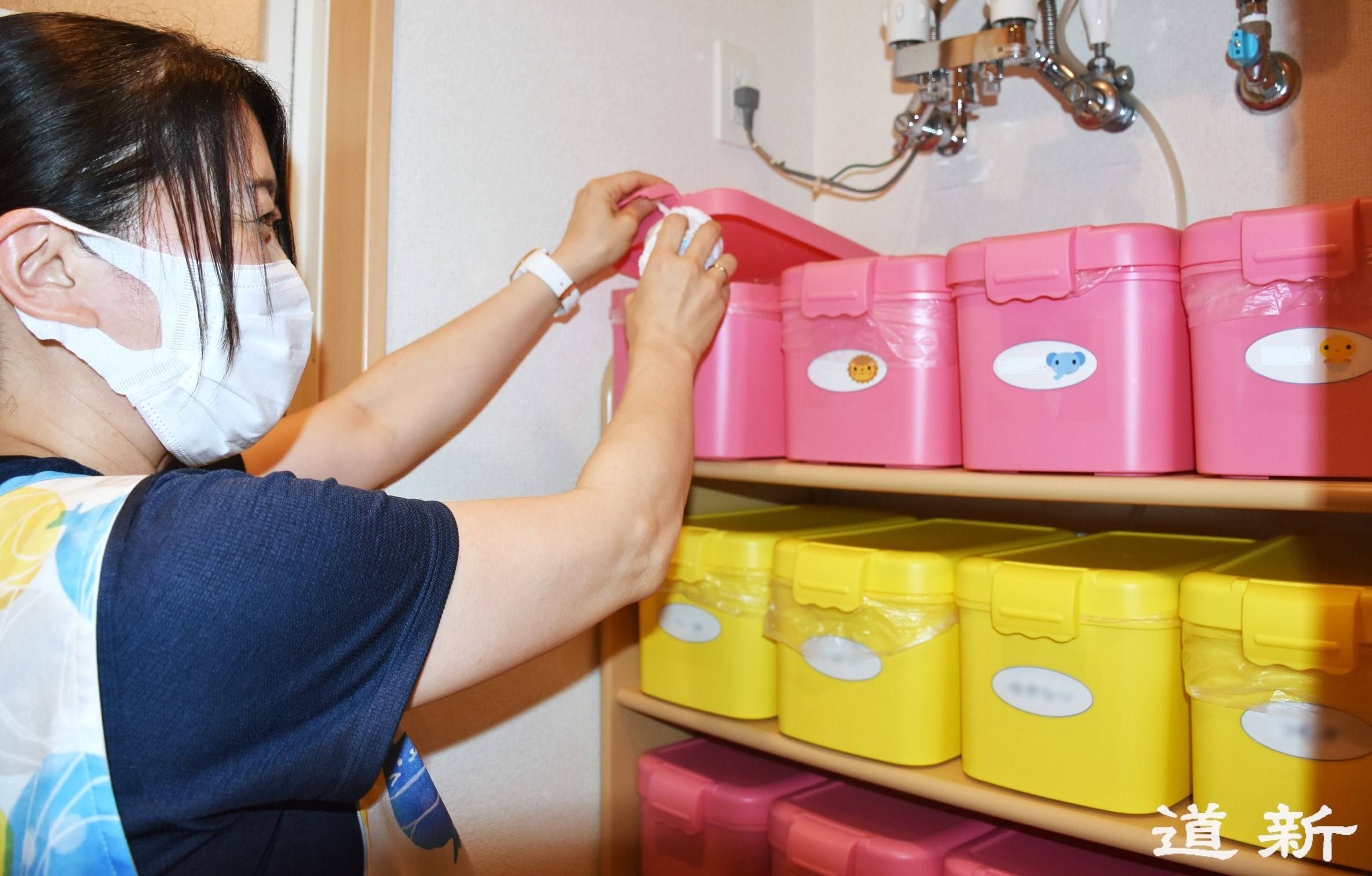Disposing of used diapers at child care facilities rather than having parents take them home has been a focus of attention recently.
In Hokkaido, public nursery schools in urban areas have been switching to allowing disposals at their facilities. Some private facilities and municipalities that had been asking parents to take diapers home are also switching to allowing disposals, while those that still do are debating the change due to hygiene considerations and a desire to reduce the burden on parents.
“From the standpoint of preventing the spread of viruses, disposals at facilities are ideal,” one expert said.

















With your current subscription plan you can comment on stories. However, before writing your first comment, please create a display name in the Profile section of your subscriber account page.